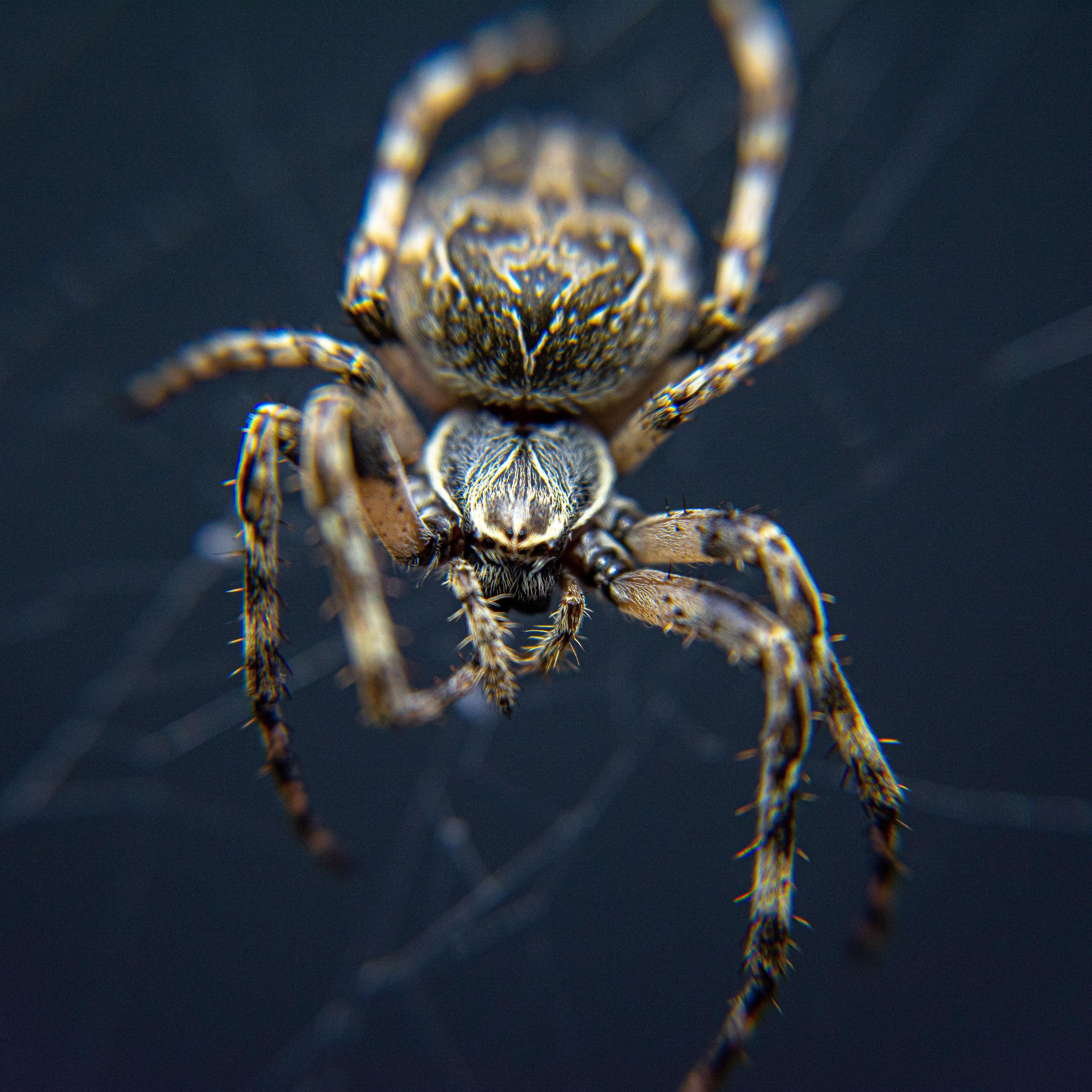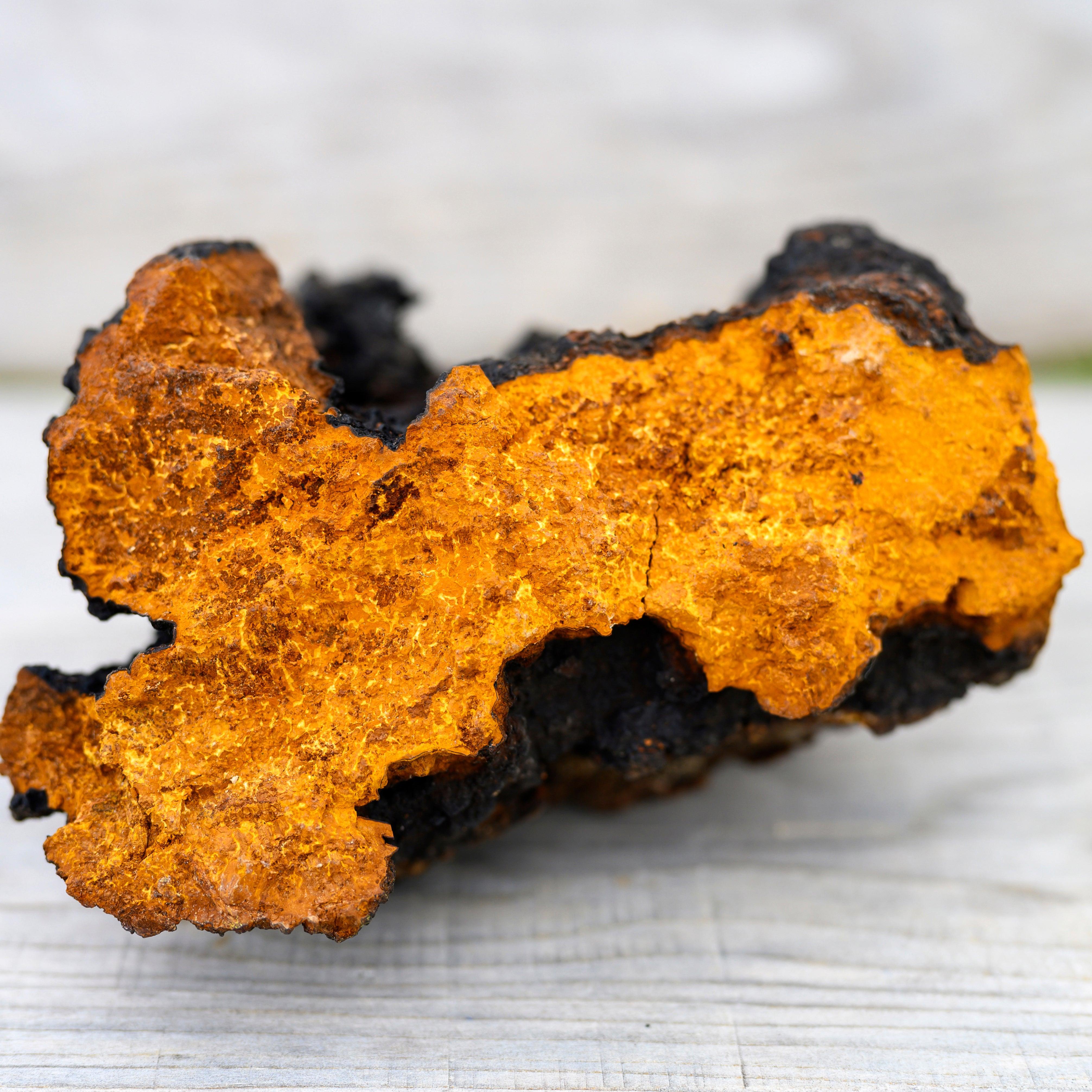The skin is like an island in the western Pacific

One of the most talked about topics in the Western world today is man's impact on the environment. Regardless of where one stands on this issue, it is a fact that the global diversity of both plant and animal species has drastically decreased over the past 120 years. Since the 70s alone, humans have eliminated 60% of all the world's mammals, birds, fish and reptiles. These are numbers that are difficult to take in. We humans are a pathogen for the diversity of species that make up the earth.
A while ago I read about a case that clearly describes what happens when you disturb a sensitive ecosystem. We will now make it all the way to the island of Guam in the western Pacific Ocean.
Guam has experienced a dramatic decline in its biodiversity in recent decades, and one of the most tangible causes of this decline is the spread of the invasive snake species Boiga irregularis, also known as the brown tree snake. This invasive snake has had a devastating impact on the island's ecosystem, leading to extensive changes in both animal and plant life.
The snake Boiga irregularis was probably introduced to Guam in the second half of the 20th century, likely as an unintended byproduct of human transportation of goods or by deliberate introduction to control other pests. Since the snake lacked natural predators on the island, it quickly found a favorable environment and began to multiply on a large scale.
One of the most frightening consequences of the brown tree snake's rampage on Guam has been the near-total extinction of some bird species. The snake, which is an efficient hunter, has decimated the populations of ground-nesting birds, such as the brown kingbird and the white-eyed kingbird. In addition, the snake has also taken its fair share of other small animals, including lizards and small mammals, causing a cascade of changes in the food chain.
The loss of these species has had wider ecological consequences. Many of the birds and animals that the snake hunts play an important role in controlling pest populations, pollinating plants and dispersing seeds. Today, Guam is an island that can best be compared to a Halloween decoration. It consists of millions and millions of spiders and snakes where almost all other animal life has been eliminated.
To combat the spread of the brown tree snake, various measures have been proposed and implemented, including efforts to eradicate snakes from certain areas, research on biological control methods, and educating the public about the risks of invasive species.
Despite these efforts, the challenge of restoring and conserving biodiversity on Guam remains. It's a reminder of the devastating influence a single invasive species can have on an entire ecosystem and the importance of preventing further introductions in the future.
This is of course super sad, but what does this have to do with the skin and our human body? It has everything to do with this.
Our body and skin is not a single "unit" but a combination of billions of cells, bacteria, viruses, fungi, protists, archaea and signaling systems. All these ingredients work together to keep the skin and body healthy. It is a very unique and successful but extremely sensitive ecosystem.
As long as we give this ecosystem the right conditions to take care of itself, it will flourish. The skin and body will feel fantastic and we will be healthy in short.
It is only when something disturbs the ecosystem that we get sick or injured. These disturbing moments can have several different underlying causes. It could be, for example, a lack of sleep, too much stress, too bad food or too little exposure to microbes from nature.
But. Purely "sound-wise", foreign substances can have a long-term negative consequence for the sensitive ecosystem that keeps it healthy.
For example, if we apply a substance to the skin whose function is to speed up the skin's cell renewal, we can certainly expect short-term results, after all, that is why these types of skin care products sell so well. We get new healthy skin cells and the skin gets a "glow". The downside, however, is the consequence that occurs when we disrupt the skin's own function. We are disrupting the natural process that has been built up over millions of years of evolution.
If the skin care industry now knows about this phenomenon. Why then continue to develop products that contain substances that should not naturally be present on the skin. The reason is as usual – money. There is hardly any profitability in selling products that only contain substances that are already in the skin. In addition, hardly any skin care products are needed at all to achieve optimal long-term skin health.
I am personally convinced that the modern skin care industry is one of the main reasons why our Western skin health is collapsing. Our skin is becoming like the island of Guam. A horror example where external influences damage the natural ecosystem.




Comments